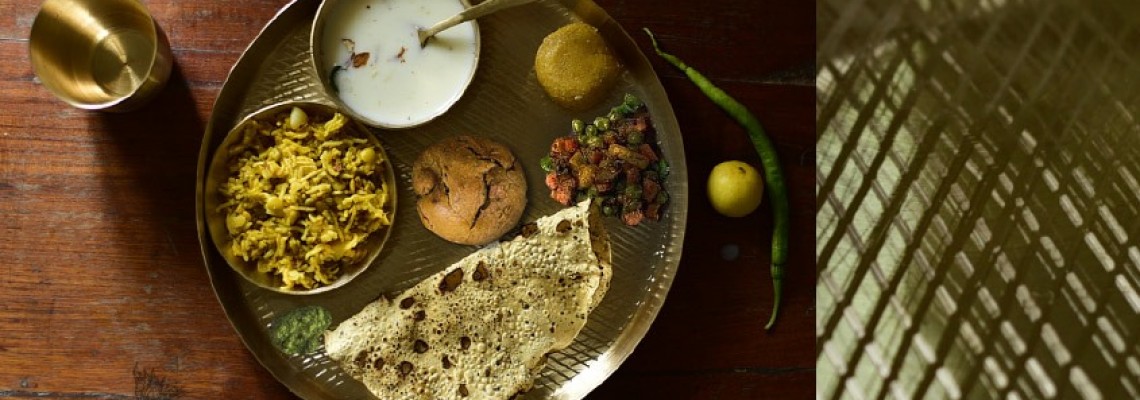Kansa: The Alchemical Fusion of History and Tradition

In the realm of traditional craftsmanship, some creations stand as magnificent testaments to the ingenuity and cultural significance of human civilizations. Among them, the fascinating story of Kansa unfolds—a unique metal alloy revered for its historical significance, therapeutic benefits, and unparalleled craftsmanship. Join us on this captivating journey as we delve into the formation of Kansa, the alchemical fusion that has left an indelible mark on history and tradition.
Unveiling the Mystique of Kansa
Kansa, also known as bronze or bell metal, is an alloy composed primarily of copper and tin, often enriched with trace elements like zinc and lead. The word "Kansa" finds its origin in India, where the metal has been revered for centuries, woven into the fabric of Indian culture and spirituality.
The Ancient Alchemy: Forging Kansa
The process of creating Kansa is an art in itself, passed down through generations of skilled artisans. To begin the alchemical fusion, copper and tin are smelted together at high temperatures, expertly balanced to achieve the desired proportions. The careful combination of metals gives Kansa its unique properties, making it more durable and resistant to corrosion than its individual components.
The Cultural Significance of Kansa
Kansa's significance extends far beyond its physical properties; it holds a profound place in Indian heritage and tradition. In Hindu mythology, Kansa metal is often associated with deities and religious rituals. Its use in crafting bells and sacred utensils for temples and ceremonies bestows a divine aura upon the metal. As these objects resonate with the clanging of bells, it is believed to purify the surroundings and elevate spiritual experiences.
Kansa in Ayurveda: Healing Properties Unearthed
Beyond its spiritual significance, Kansa has found its way into traditional healing practices. Ayurveda, the ancient Indian system of medicine, recognizes the therapeutic benefits of Kansa and its impact on overall well-being. In a therapy known as "Kansa Vataki," practitioners use Kansa bowls or wands to massage the body, harnessing the metal's healing properties. The gentle touch of Kansa is believed to balance the body's energies, reduce stress, and promote relaxation.
The Evolution of Kansa Craftsmanship
As civilizations evolved, so did the art of Kansa craftsmanship. From the exquisitely adorned ritualistic bells to intricately designed utensils and ornaments, Kansa's versatility ensured its presence in various aspects of daily life. With the advent of global trade, Kansa's influence transcended borders, spreading to different parts of the world and captivating the hearts of enthusiasts and collectors alike.
Preserving the Legacy
Despite the encroachment of modernity, the legacy of Kansa lives on through the dedicated efforts of master artisans and connoisseurs. By passing down the knowledge and techniques to younger generations, these artisans ensure that the alchemical fusion of Kansa remains an integral part of our cultural heritage.
Conclusion
Kansa, the alchemical amalgamation of copper and tin, transcends the realm of metal alloys; it embodies the rich tapestry of history, culture, and tradition. From its role in religious rituals to its therapeutic benefits in Ayurveda, Kansa's allure lies in its multifaceted significance. As we celebrate the timeless craftsmanship of Kansa, we pay homage to the skilled artisans who breathe life into this remarkable metal and preserve its legacy for generations to come. Let us cherish the mystique of Kansa, where history and tradition intertwine to create a shimmering testament to the ingenuity of human civilizations.

Leave a Comment